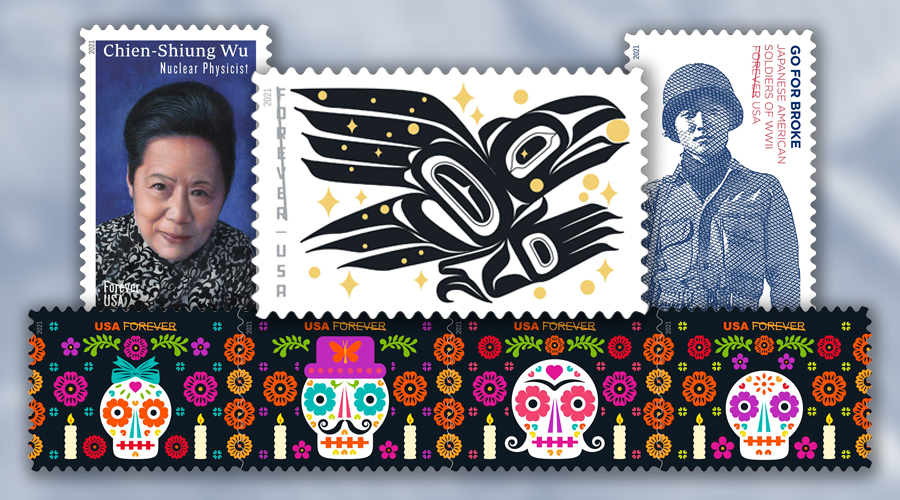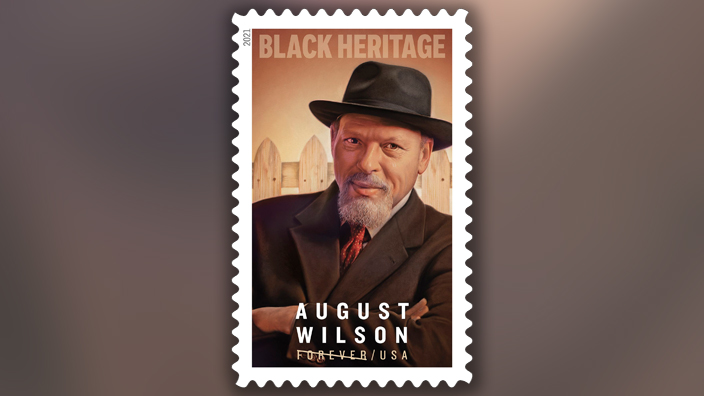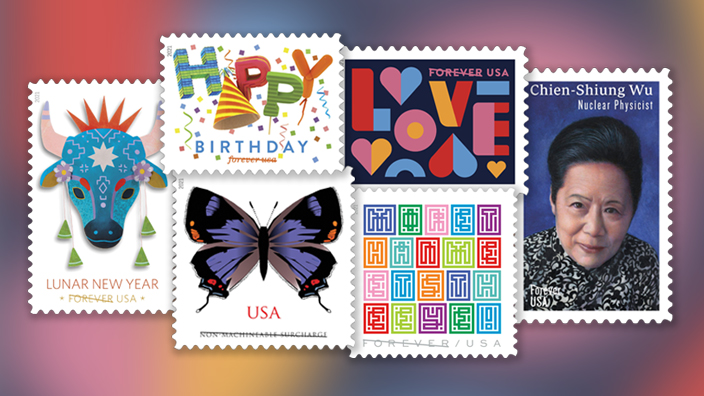The Postal Service relies on citizens to supply the organization with stamp suggestions — and they do so with enthusiasm, mailing tens of thousands of ideas to headquarters each year.
USPS also relies on citizens to help sort through those submissions in search of the next “big” little thing.
The Citizens’ Stamp Advisory Committee (CSAC) — a 10-member panel of people of various ages, ethnicities and backgrounds — meets four times a year to review suggestions and offer recommendations to the Postmaster General, who makes the final decision on which stamps are selected for release.
“It’s really important that we have people from diverse walks of life,” said Bolivar “BJ” Bueno, a branding and marketing consultant who was named CSAC chairman last year. “The committee acts on behalf of the American people because we are regular citizens who represent what the people want to see.”
The Postmaster General chooses the members of CSAC, which was established in 1957. The current group includes historian Spencer Crew, graphic designer Gail Anderson and Peter Argentine, a video producer.
“They are compassionate people who care so much about stamp subjects and want to show the diverse and multifaceted nature of our country,” Bueno said.
Besides being a beloved part of American culture, stamps are a key postal product: USPS releases about 20 commemorative stamps a year. Altogether, about 14 billion stamps and stamp-related products are produced, generating $4.5 billion in estimated revenue.
In November, the Postal Service announced several of next year’s planned stamp releases.
“The Citizens’ Stamp Advisory Committee plays a critical role in our work. Their expertise and guidance is vital to the success of the Postal Service’s stamp program,” said Stamp Services Director Bill Gicker.
CSAC meetings begin with a discussion of how well current stamps are selling, followed by a review of new proposals and decisions on which submissions should move forward. Between 100 and 200 stamp subjects are reviewed at each meeting.
“The committee spends a lot of time discussing a proposal’s merit and the best way that subject can be represented as a stamp,” said Bueno, adding that each proposal receives equal consideration.
Under USPS guidelines, ideas that don’t make the cut can be submitted for reconsideration after three years.
Once a subject idea is chosen to move forward, a USPS research team begins work on that subject and it’s assigned to an art director to start figuring out how to approach the subject matter visually. After a stamp is designed, it goes through a legal vetting process for copyright and ownership concerns.
Once the Postal Service’s legal department has cleared all legal issues, it is ready for the Postmaster General’s approval.
“Some subjects are difficult to interpret,” Bueno said. “It’s amazing to see the art director and designers solve the challenge and create designs that are visually attractive, and even include a mix of technology and innovation…. We want to create images that spark happiness and make you want to learn more about a subject.”
Despite the challenges, Bueno finds the work rewarding. One of the best parts, he said, is attending stamp dedication ceremonies — something he looks forward to doing again when the coronavirus health crisis is over and social distancing restrictions are eased.
“To be able to go to the dedications and meet people who have made the country a better place is a wonderful thing,” he said.
Share your feedback at uspslink@usps.gov. Your comments could be included in the “Mailbag” column.


